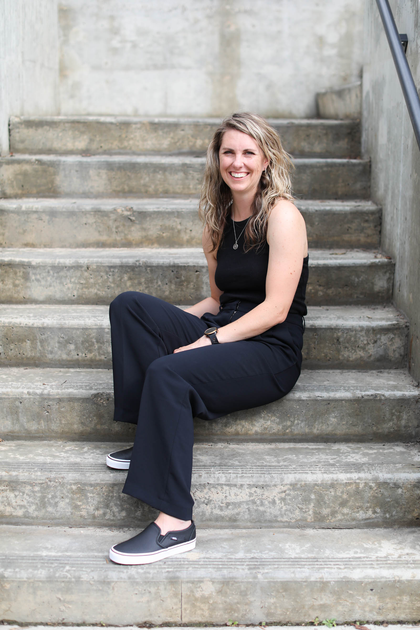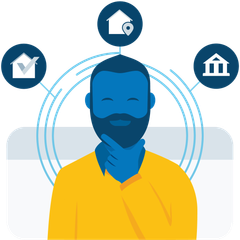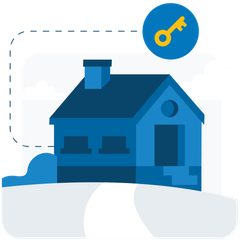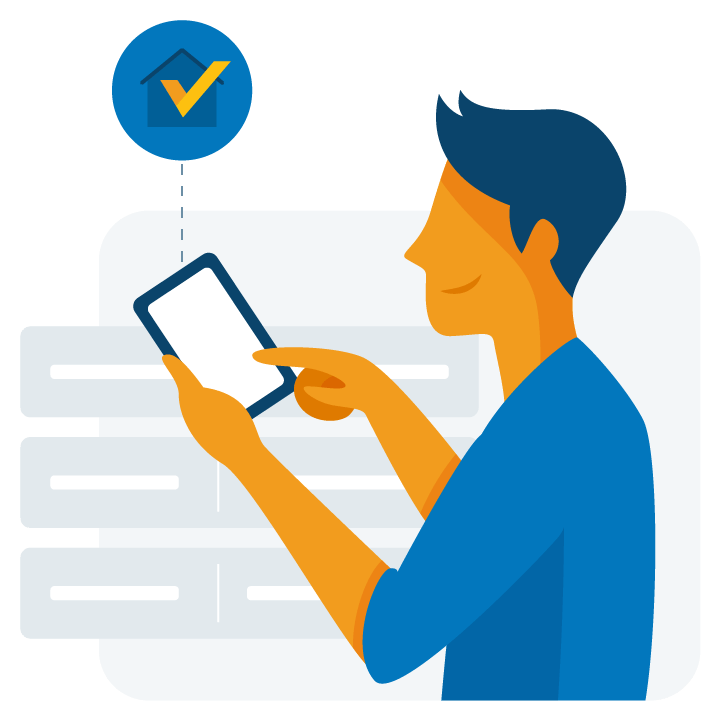Let's get you the best mortgage available
MARLIES ROMICH
MORTGAGE BROKER
Licensed in Alberta and B.C
Finding the best mortgage can be frustrating. It doesn't have to be when you follow my 3 step plan.
Get started right away
The best place to start is to connect with me directly. My commitment is to listen to your needs,
assess your financial situation, provide professional mortgage advice, and
guide you through the mortgage process.
Get clarity
Sorting through all the different mortgage lenders, rates, terms, and features can be overwhelming.
Let me cut through the noise.
I'll outline the best mortgage products available with your needs in mind.
Proceed with confidence
My goal is to make sure you
know exactly where you stand at all times. From your initial application through your mortgage renewal, I'm available to answer any questions for as long as you need a mortgage.
I've got you covered.
MARLIES ROMICH
Marlies Romich is a licensed Mortgage Broker serving clients in both British Columbia and Alberta. Currently based in the picturesque city of Cranbrook, BC, Marlies brings a relaxed yet professional approach to the world of mortgages.
Equipped to work digitally, in person, or in a hybrid fashion, she ensures convenience and flexibility for clients. With a keen eye for opportunities to save money throughout the lifespan of a mortgage, Marlies challenges the norm—when was the last time your bank proactively looked out for your financial interests?
Driven by a commitment to client satisfaction, Marlies focuses on ensuring that every mortgage not only meets but exceeds the needs of the client.
Whether you're a first-time homebuyer or a seasoned investor, she is dedicated to making your mortgage experience seamless and rewarding. Get in touch today and let Marlies help you unlock the full potential of your mortgage!
Get started by completing my online mortgage application.
I'll let you know exactly where you stand so you can proceed with confidence.
Let's run some numbers.
Start by telling us where you're at in your home buying journey.
Exciting times! Let's find out how much you'll be able to afford once you decide to buy.
Everything you need,
all in one place
As a trusted mortgage provider, let me help you with these services.
Click through any of the services to learn more








